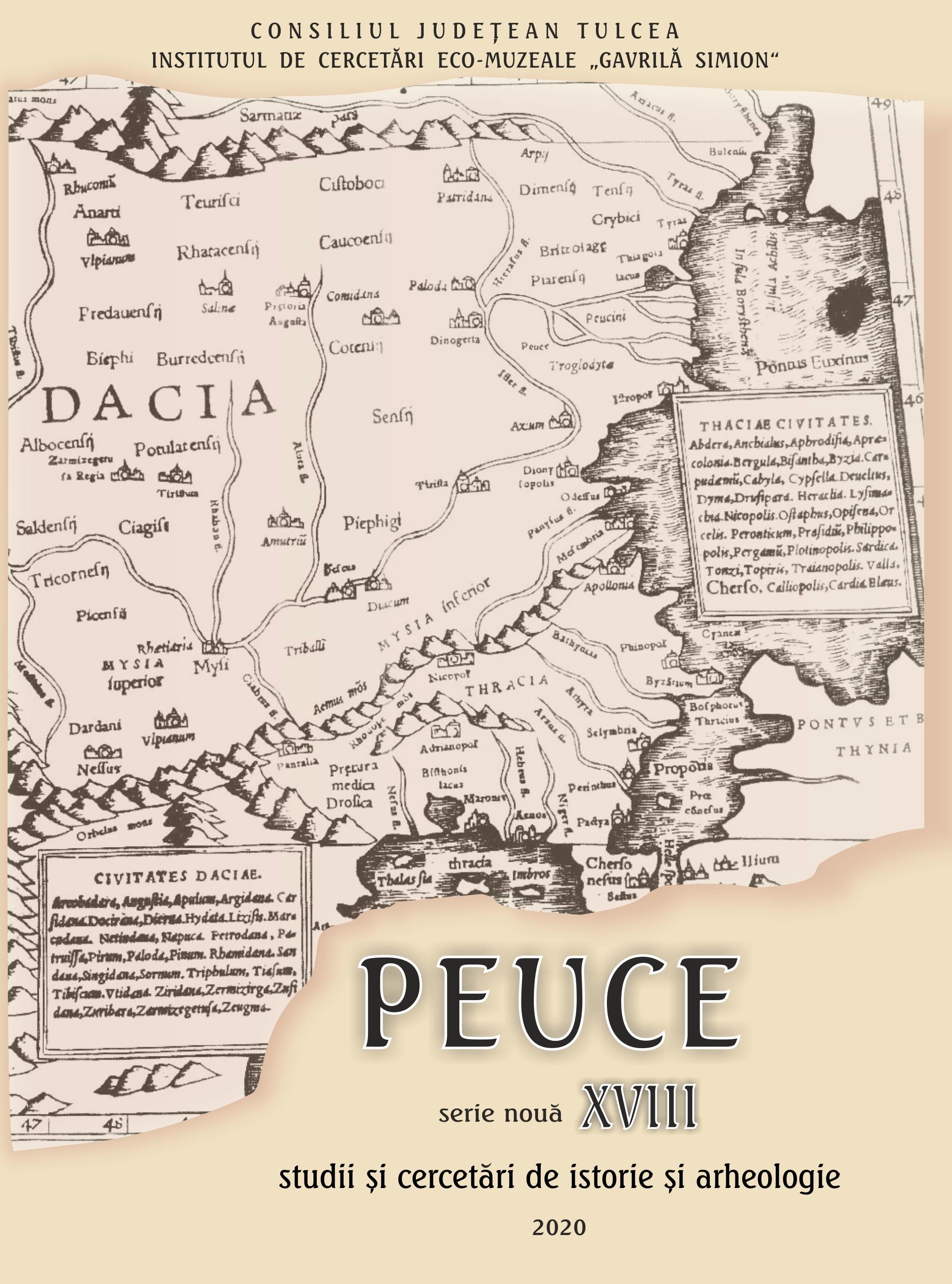Considerații privind cronologia relativă a celei de a doua epoci a fierului în regiunile barbare ale Dobrogei
Considerations on the relative chronology of the Late Iron Age in the „barbarian” regions of Dobroudja
Author(s): Daniel SpânuSubject(s): History, Archaeology
Published by: Institutul de Cercetari Eco-Muzeale Tulcea - Institutul de Istorie si Arheologie
Keywords: Romania;Dobrogea;Late Iron Age;settlements;burials;
Summary/Abstract: For the end of the Early Iron Age and for the beginning of the Late Iron Age in Dobroudja, the scheme proposed 4 decades ago by Bernhard Hänsel on the basis of the Dobrina and Ravna necropoleis is still relevant today. The late phase of the Ravna necropolis (III) can be relatively synchronized to the period of use of the "Murighiol" type necropoleis, as well as with the well-known rich burial at Agighiol. After the abandonment of the necropoleis of "Murighiol" type (approximately at the end of the LT B phase) a surprising lack of funeral expressiveness followed. This period of very discrete funerary practices lasted from the mid-3rd century BC until the integration of the southern bank of the Lower Danube to the Roman Empire (mid-1st century AD). For this period, the only viable landmarks for a relative periodization are offered by the oscillations of the Satu Nou dwelling. The first dwelling on the Valea lui Voicu site (levels IX - IV) could correspond to the LT C1 phase. The dwelling from Vadul Vacilor site could correspond to the LT C2 and D1 phases. A newer dwelling on the Valea lui Voicu site (levels III - I) could correspond to the LT D2 phase in the chronology of the pre-Roman Dacia.
Journal: Peuce (Serie Nouă) - Studii şi cercetari de istorie şi arheologie
- Issue Year: 18/2020
- Issue No: 18
- Page Range: 137-150
- Page Count: 14
- Language: Romanian

